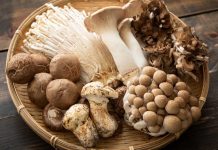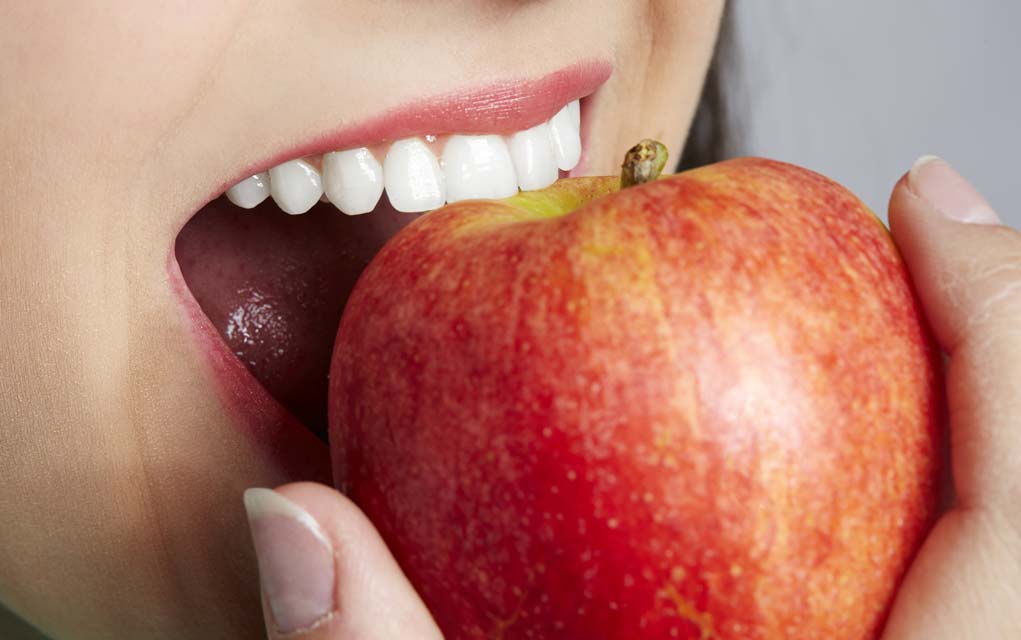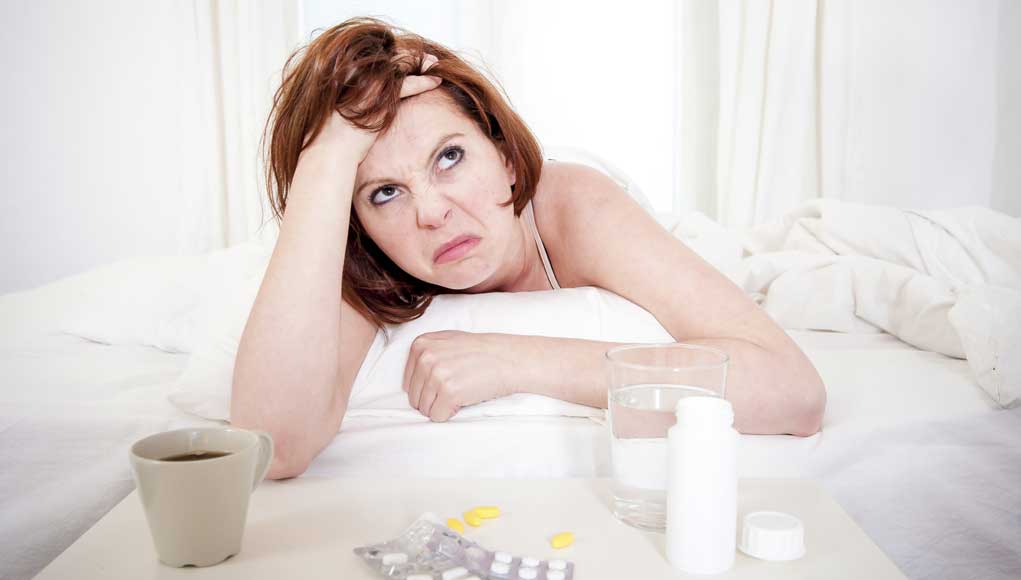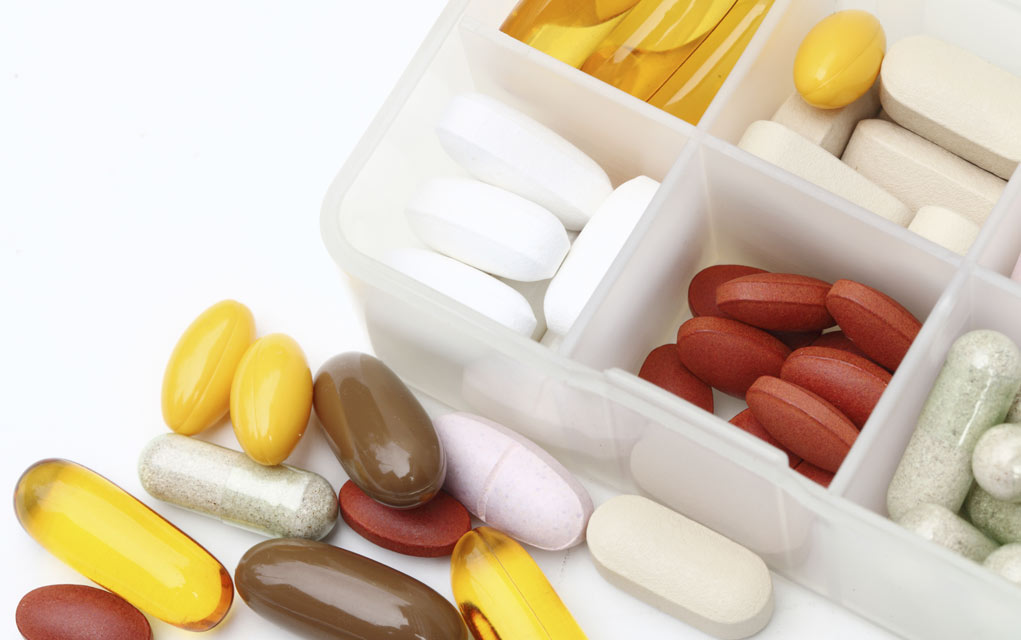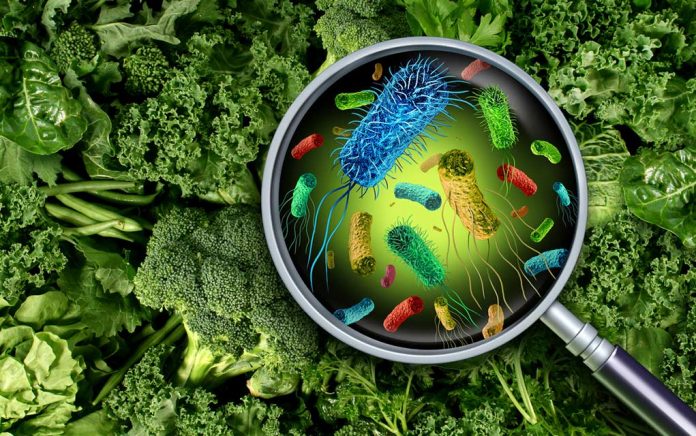
What Does It Mean If Your Poop Turns This Color?
(WellnessPursuits.com) – Your poop says a lot about your health. Poop of a certain color can mean you have a serious medical condition, or it could mean that you ate something that changed the natural hue of your stool. Or, it could mean nothing at all.
The truth is, normal stool comes in a wide range of colors, including shades of brown and some green. But there are some odd colors that should get your attention. Here’s what your stool color may be trying to tell you.
Green
Green poop is normally not anything to worry about. It usually means you’ve eaten more greens or green food coloring. Iron supplements can also turn your poop green. Since your digestive bile is green until it turns brown in your intestines, green diarrhea could be a sign that the bile has not been digested.
White
White, light or clay-colored poop means that there is very little bile in the stool, which could point to a bile duct obstruction, according to the Mayo Clinic. Some over-the-counter stomach and anti-diarrheal medications, such as Pepto-Bismol or Kaopectate, can lighten your stool. If you have not taken any of these medications, you should speak to your doctor about your stool.
Yellow
Yellow, greasy stool is a sign that you have undigested fat in your poop. This can point to a host of medical conditions, such as cystic fibrosis, pancreatitis, celiac disease and pancreatic duct obstruction. Eating excessively fatty foods or taking medications that prevent the absorption of fat in the bowel, such as weight loss medications, can cause this as well.
Black
Black stools can be normal and are often caused by iron supplements or medications that contain bismuth, like Pepto-Bismol. If the stool is also tarry or sticky, however, it could indicate gastrointestinal bleeding in the upper GI tract (stomach or small intestines). If bleeding is occurring, your poop may also have a foul odor.
Red
Red, maroon or bloody stools can mean that there is a bleed in your lower gastrointestinal tract (rectum, colon or large intestine). Bleeding can be caused by hemorrhoids, diverticular disease, polyps, inflammation and tumors. Consuming foods that contain red dye can also make your stool appear red, so you should not assume it’s blood if you can explain the color from your diet.
Your poop color will naturally change often as your diet and bile levels change. If your poop changes suddenly into a concerning color, however, you should speak to your doctor about it. This is especially true if you are experiencing other symptoms, such as abdominal pain, fever and/or chills.
~Here’s to Your Healthy Pursuits!
Copyright 2024, WellnessPursuits.com



